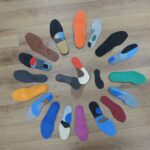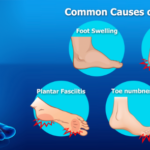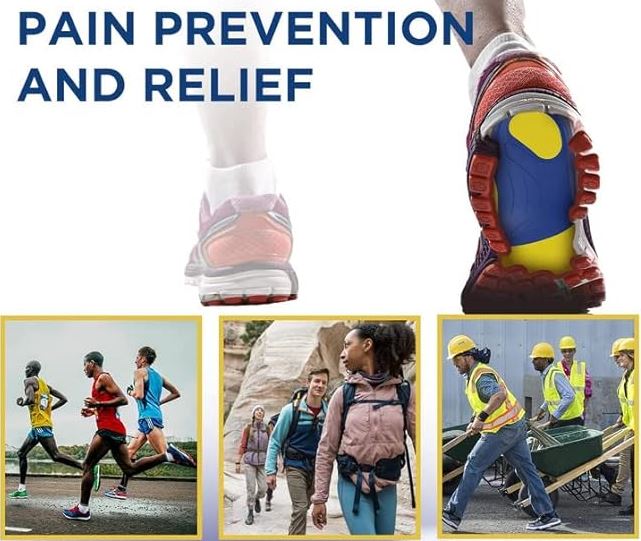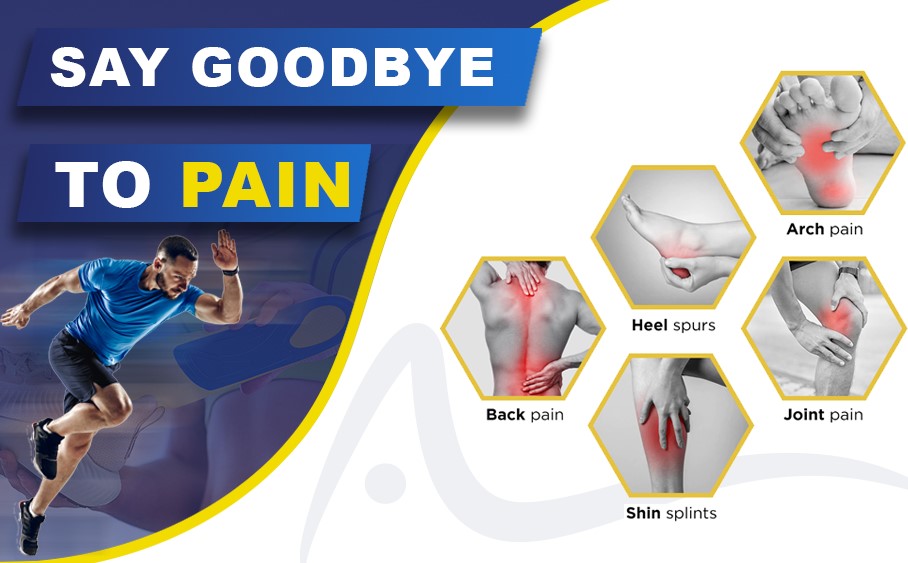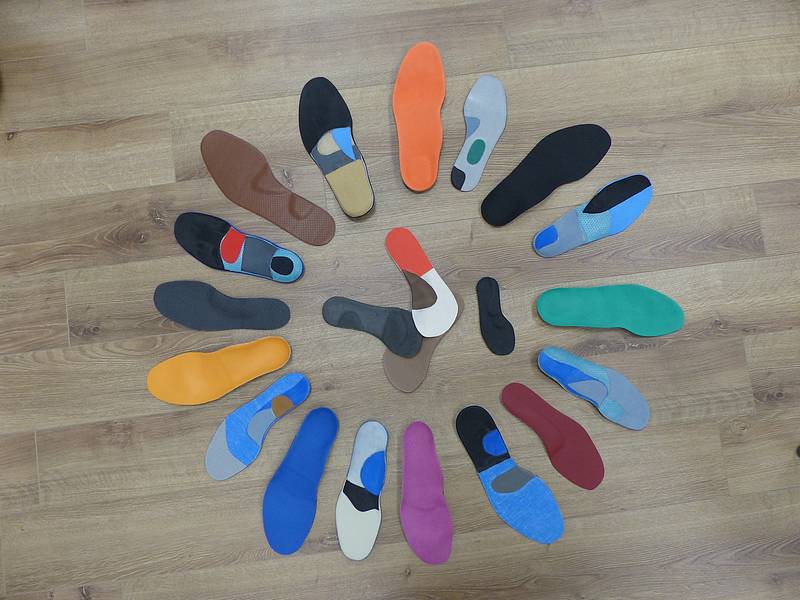Babies are undoubtedly a source of immense joy and happiness for their parents as well as everyone. However, there are instances when the celebration is marred by the realization that our little bundles of joy have been born with foot deformities. This revelation is a genuine concern for parents. In such moments, it is crucial to understand these deformities, their possible causes, how they can be treated, and how we can help our little ones through these challenging times.
Forms of Foot Deformities in Babies
No parent wants to see their child suffer from foot deformities, but the reality is that it can happen to anyone. By understanding the factors that contribute to foot deformities, we can take proactive steps to prevent them from occurring or seek early treatment if necessary. Remember, early intervention is key to achieving the best outcomes when dealing with foot deformities. So, be sure to stay informed and vigilant when it comes to your baby’s little feet.
Clubfoot: Clubfoot is a common congenital deformity that affects newborns, causing one or both feet to turn inward and downward. While the exact cause of clubfoot is unknown, it is believed to be a result of a combination of genetic and environmental factors. When examining your baby’s feet, there are several key indicators that might suggest the presence of clubfoot. Observing these signs can help you determine if a medical evaluation is necessary:
- If you notice that your baby’s foot has an abnormal inward or downward rotation, it is important to make a mental note of it and compare it to the unaffected foot. This comparison can aid in identifying any irregularities or abnormalities.
- In case your baby’s foot opposes motion or cannot be straightened effortlessly, it could indicate the presence of clubfoot.
- Evaluate the tightness in the calf muscles of the affected leg, which could be noticeable when trying to delicately correct the position of the foot.
Metatarsus Adductus: Metatarsus Adductus is a natural foot abnormality characterized by the inward curvature of the anterior section of the foot. This results in the baby’s feet appearing to point inward, resembling a “C” or a “hook.” The early detection of this condition plays a crucial role in providing suitable treatment and preventing any potential long-term complications. Below are some indicators that can help you identify whether your baby is experiencing Metatarsus Adductus or not:
- Pay close attention to the position of your infant’s feet when they are at ease. If the front part of the foot consistently turns inward, it may indicate Metatarsus Adductus. Be sure to monitor for any disparities in foot placement between the left and right foot.
- As your little one embarks on their walking journey, you might observe peculiarities in their gait. Pay attention to instances where the child walks on the inner sides of their feet, and be mindful of any instances of tripping or stumbling caused by a misalignment of the feet.
- Please inspect the wearing pattern of your baby’s shoes, as any irregular or excessive wear on the inner edges of the soles might indicate the presence of a condition known as Metatarsus Adductus.
- Please take into consideration whether you or your partner have a familial background of foot irregularities. Metatarsus Adductus may possess a hereditary element.
Toe Abnormalities: Babies may also come into the world with different anomalies in their toes, like toes that overlap or curl. It is of utmost importance to closely observe your baby’s feet and properly identify any potential irregularities in order to ensure their overall foot well-being and growth. Here are a few indicators to help you determine whether your baby has any abnormalities in their toes or not:
- Pay attention to whether your infant can move their toes effortlessly, without encountering any restrictions or discomfort.
- Examine your baby’s toes to verify that they are correctly aligned and not overlapping or crossing over each other.
- Note the relative length of each toe, as significant discrepancies may suggest a condition like metatarsus adductus or clinodactyly.
- Carefully examine for any physical irregularities such as the presence of additional toes, the absence of toes, or the presence of unusually shaped toes.
Flat Feet: Babies often have a foot irregularity known as flat feet, where the arches of their feet do not form correctly. This condition is typically normal and tends to improve naturally as they grow. It can be difficult to recognize flat feet in babies because their arches usually develop in the early stages of life. Nevertheless, there are specific indicators and indications that can assist you in determining if your baby has flat feet. Some of these signs include:
- When your little one is on their feet, you might notice that their feet seem level rather than having a natural arch. Take a careful look at their feet and compare them to those of other children their age.
- Your baby may experience difficulty or discomfort while standing or walking. Pay attention to any signs of discomfort, such as irritability or reluctance to bear weight on their feet
- Regularly inspect your baby’s shoes for any unusual wear on the inner edge of the sole. Look out for any uneven wear patterns, as this could indicate an imbalance in weight distribution.
Preventing Foot Deformities
It is always preferable to prevent rather than cure, and the same principle applies to abnormalities in the feet of babies. Below are a few precautionary steps you can adopt to ensure the wellbeing of your infant’s feet:
- Regular appointments with a pediatrician are essential for closely observing the growth of your little ones feet and promptly detecting any possible concerns during their early stages.
- Opt for soft, flexible shoes or socks that allow natural movement and do not constrict growth.
- Encourage your little ones to participate in activities that stimulate the movement of their feet, such as tummy time or supervised crawling. These delightful activities can effectively enhance the strength of their muscles and safeguard against any potential deformities.
Although it might be disheartening to uncover that our precious babies have been born with foot deformities, it is crucial to remember that there are effective prevention options available. By understanding the causes, seeking appropriate care, and providing the necessary support, we can help our babies navigate through this challenging time. Together, we can ensure their well-being and happiness as they grow and thrive, reminding ourselves that they are, indeed, adorable little bundles of joy – deformity or not.



